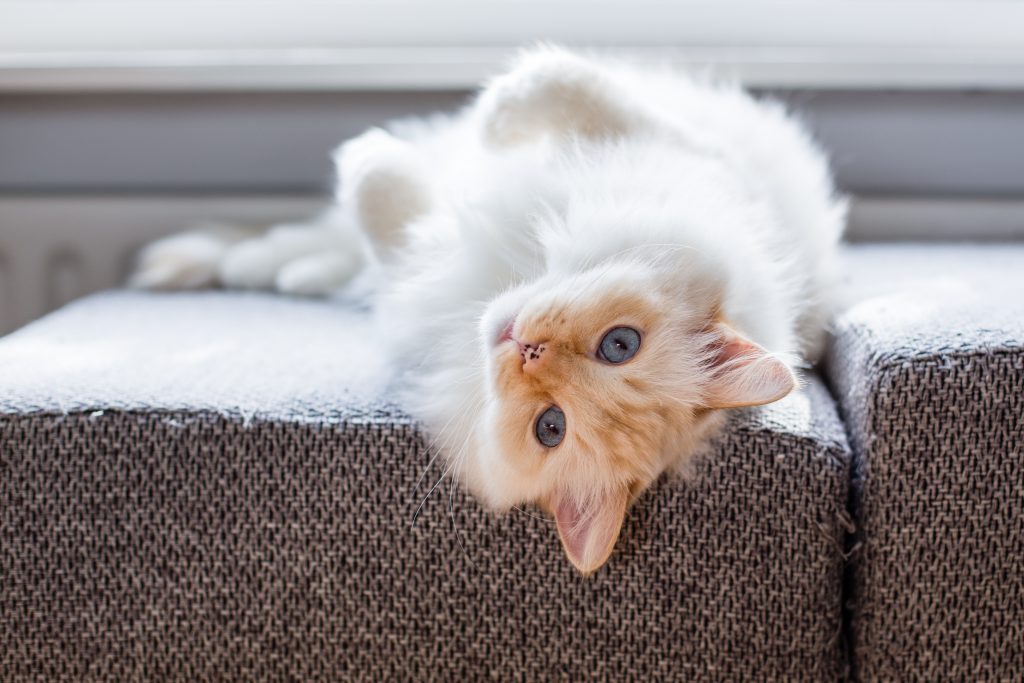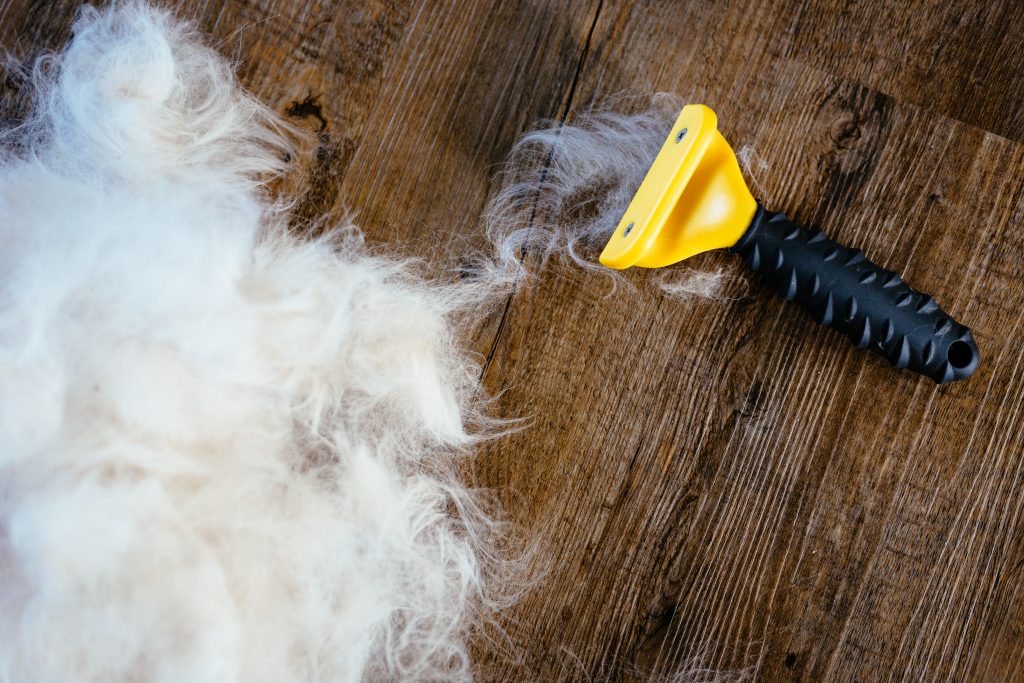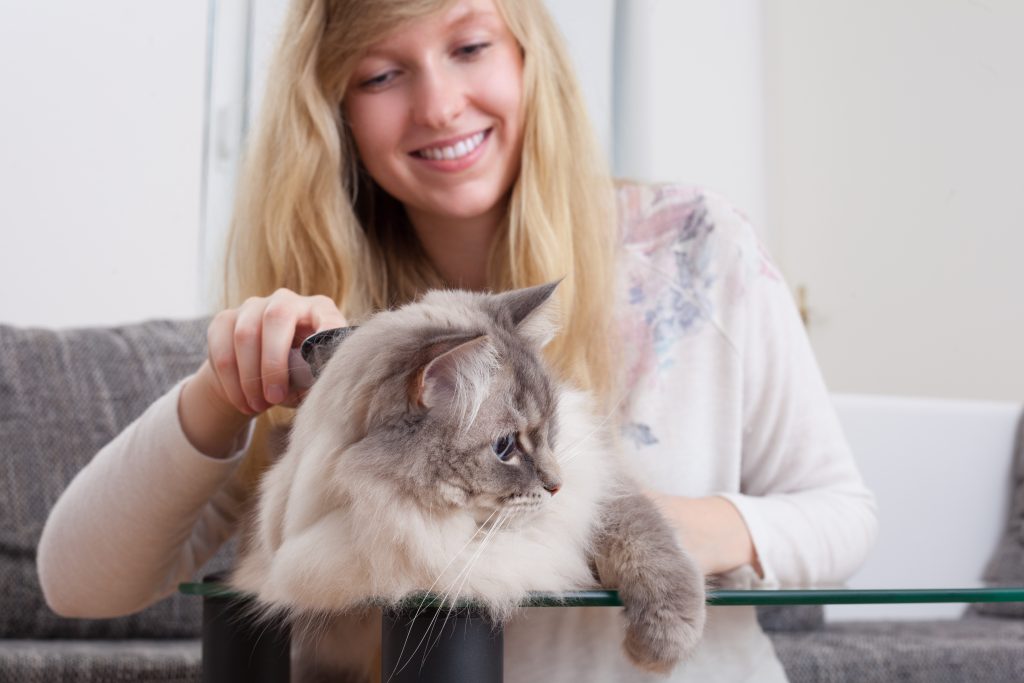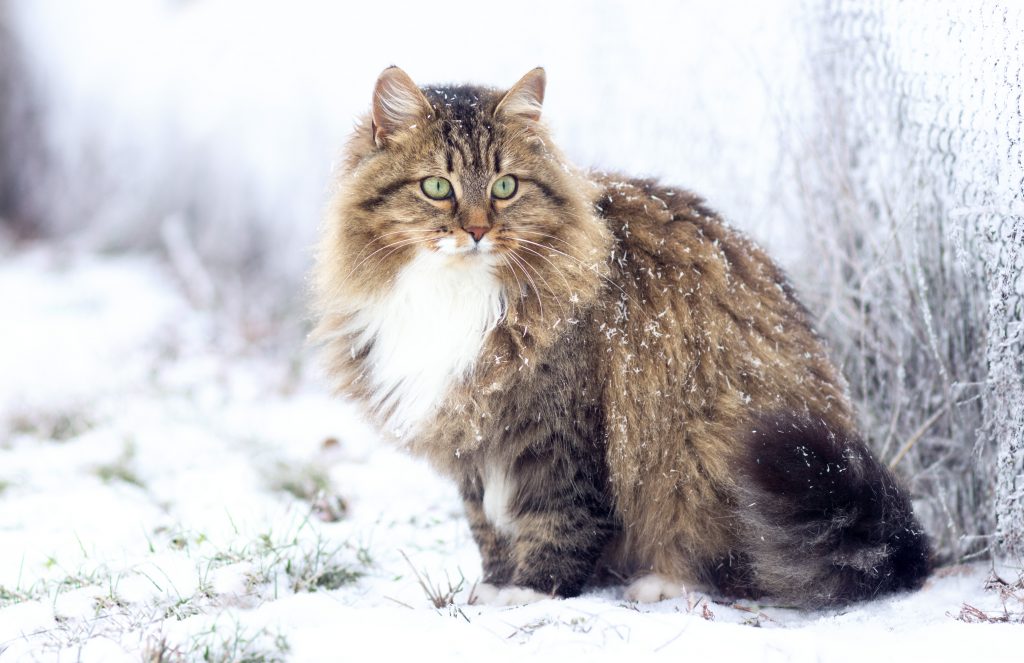5 Tips for Managing Allergies with a Ragdoll Cat

Sadly, Ragdoll cats are NOT hypoallergenic. However, they do lack an undercoat, which means that they shed less and spread less hair about. Additionally, female cats and kittens generally produce less of that pesky allergen.

The Ragdoll is fluffy, kind, easy-going and utterly adorable. What’s not to like? Ahh…their fur. Could it possibly cause you some serious discomfort. Or, are they truly perfect in every way?
Are Ragdoll cats hypoallergenic?
Sadly, Ragdoll cats are NOT hypoallergenic. However, they do lack an undercoat, which means that they shed less and spread less hair about. Additionally, female cats and kittens generally produce less of that pesky allergen.
So should you abandon your dream of such a beauty in your house?
Or are they worth the risk?
The Ragdoll Cat

Known for their tendency to be lap cats and be carried around without resistance, the Ragdoll cat is a fan-favorite in the cat world. Their easy-goingness is the stuff of legends.
These gentle souls are often compared to dogs due to their attentiveness to their owner. They’ll happily follow you around, curious to see what you’re up to.
And while they are perfectly capable of entertaining themselves, they’d rather learn new tricks with you or join you on your work desk, snoozing their furry little behinds off.
However, despite their perfect image, there are some downsides to consider to this breed.
Because of their trusting and naive nature, Ragdolls are best kept indoors. They don’t have the sharpest survival skills. And, given their beauty, they are an attractive target for thieves.
Additionally, the trait that made them famous – their easy-goingness- has a darker side as well.
It has made some believe that these cats are resistant to pain. This is not the case. Their tendency to go accept whatever comes their way makes it seem like they are impervious to pain. So, please, be your kitty’s advocate, especially around young children who still have to be taught boundaries.
And because of their focus on their owner, these cats do tend to be more prone to separation anxiety – like the dogs they are compared to. If you lead a traveller’s lifestyle, where you’re only home haphazardly, it could be cruel to adopt a Ragdoll kitty.

So what about their coat?
Do they really shed less?
Perhaps. They certainly do shed. Twice a year, in spring and fall, they change out their coats. It is true that they do not have an undercoat, so generally speaking, they should shed less than other cats.
However.
Just like all cats, Ragdolls do produce the protein Fel D 1, which causes most allergic reactions. While further research is still needed, so far, it seems that kittens and females produce less of the allergen, followed by neutered males and with intact males being the worst offenders.
That said, people are quite able to build a happy life with their Ragdoll. Some actually report minimal reaction to their Ragdoll, while others make it their mission to manage their allergy effectively.
Allergy Management

So, suppose you adopt a kitten…and you do turn out to have allergic reactions now and again.
How do you live happily ever after with your gorgeous Ragdoll?
Managing your allergy will require some effort but is definitely feasible. There are three ways to minimize the allergen’s effectiveness in disrupting your well-being.
Kitty’s Health Plan
Taking care of your Ragdoll’s well-being has the added benefit of taking care of your own. Prepare to pamper your kitty like the diva she is!
-
Train your Ragdoll to enjoy bathing! Once a month, have a kitty spa day and wash your cat with a special shampoo that removes the allergen and reduces your reaction. Do not overwash them! If you do, you may dry out their skin. That would lead to the skin excreting more of the allergen, as well as dander getting spread around in the house. Itchy for you, and itchy for them.
-
Keep on top of pre-existing conditions. If your Ragdoll easily develops dander or a dull coat, make sure you give them some extra supplements, like Omega 3 fatty acids. This will keep the fur shiny and supple. It will also offset bath time instead of it aggravating the condition.
-
Daily brushing or combing. Ideally, this is done by someone in the household who isn’t allergic. The daily gathering of the loose hair will both keep it from being spread about and keep the coat nice and glowing, minimizing the risk of dander.
-
Have your vet prescribe acepromazine. This medication can be added in very low doses to the cat’s food. It can help alleviate your allergic reaction to your cat in a significant way.
Control Your Environment
Next, we take a closer eye at building a happy and clean home. These days, it is a lot easier than you would think to manage those pesky allergens.
-
Keep your bedroom Ragdoll-free. While it won’t stop the spread of airborne allergens fully, there is a massive cat allergen trap in your bedroom: the bed. Covered in textile, it is the place where you spend 8 hours a day rolling around and breathing into your pillow or blanket.
-
Take a critical look at the fabrics in your home. Fabric is basically a cat allergen magnet, so remove what you can from your home. Go for the minimalistic approach. Easy to clean, dust and hair-free!
-
Dust often and with furniture polish. Spray the polish onto the surface itself. It will prove more effective than spraying it on the cloth. Bonus points: if you add rigorous dusting to your routine, it may well actually minimize air-borne cat allergens by 95%!
-
Invest in a vacuum with a micro-filtration device (like a HEPA filter). These vacuums are specifically made to catch even the smallest of feline allergens. Ideally, the allergy sufferer shouldn’t do the vacuuming, as dust will be flying around during the process. But, I’m sure they can contribute to the household in other ways!
-
Air Purifiers with a HEPA filter. My boyfriend swears by them. You can place them around your house, preferably one per room that houses textiles. They remove nearly 100 percent of all cat allergens in the air.
The Human Health Plan
The Daily Grind
-
Wash your hands. Everytime you touch your Ragdoll, wash those hands religiously afterwards. Live it, breathe it, ritualize it!
-
Laundry Rocks! Become zealous in your ambition to keep your clothes clean. You see, washing machines are your best friend. They kill almost all cat allergens. Cottons are easier to sanitize than polyester and wool, though, as the latter latches on more to cat allergens.
-
Train your kitty. Sadly, cats love to express their love as well as grab our attention by licking or nibbling on us. Saliva is the source for the main allergen, so see if you can invest some time in teaching your Ragdoll other ways to show their undying devotion. Well, their form of devotion, anyways.
Medical Options
-
Book an appointment with an allergist. They may be able to help you out in terms of which protein you are allergic to and how severe the allergy is. There is even the option to devise an immunotherapy plan, where injections can help you build up tolerance to your Ragdoll over time.
-
Over-the-counter medications. One of the things I always have in my first-aid kit is allergy meds. My friend who is sensitive to cat hair appreciates it every time she comes and visits. Test to see which ones work for you, but be sure to tell your doctor, so he can follow up on your treatment plan!
-
Holistic Allergy Remedies**.** For those that want to keep things natural, there are actually two options that show much promise: the neti pot and plain saline nasal spray.
Alternatives to the Ragdoll Cat
While the Ragdoll breed has not been proven to be hypoallergenic, there are other breeds that seem to produce lower levels of the allergen.
Not all individuals are guaranteed to produce lower amounts of allergens, but limited research has shown promising results so far.
The one to beat ,so far, is the Siberian cat.

For now, the most promising research has been done on this breed. The research tells us that there is no guarantee that a Siberian kitten will produce less of the allergens (and remember, a kitten produces less than an adult), but there are plenty of individuals of this breed that do.
The other long-haired cat that is well-known for causing little to no reaction is the Balinese cat.

Interestingly, the Balinese is a mutation of the Siamese, its short-haired cousin. Yet, the Siamese does not seem to have the potential for lower allergen, unless it has a Balinese ancestor.
Additionally, the Balinese shares the Ragdoll’s curiosity and interest in their owner’s activities, while adding a vocal element to it. Meanwhile the Siberian shares its more laid-back nature – though not to the same extreme as the Ragdoll.
These breeds are certainly worth checking out as an alternative to the Ragdoll breed for allergy sufferers.
Whatever your choice, make it consciously and with full commitment to your new roommate and life partner to be. In my experience, they are very much worth the fuss.
